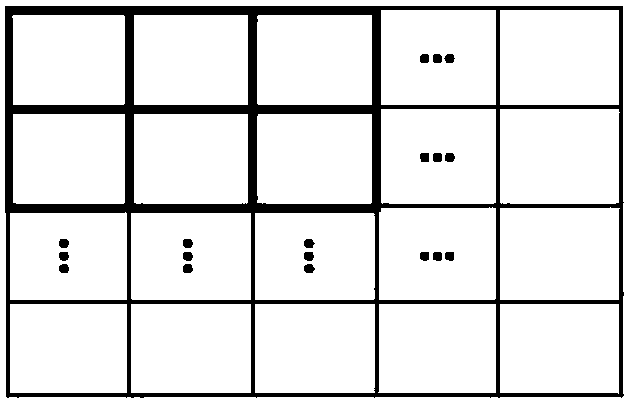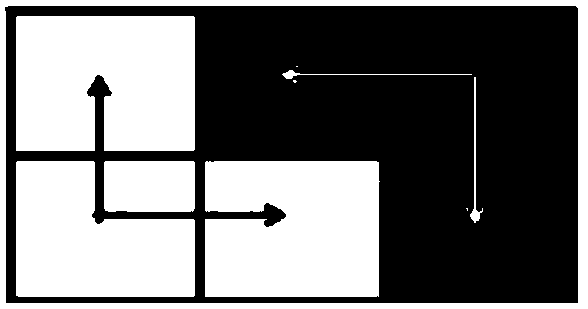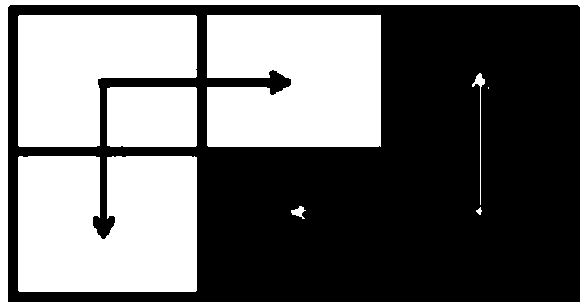Self-adaptive reversible information hiding method based on pixel replacement
An information hiding and self-adaptive technology, applied in image coding, image data processing, image data processing, etc., can solve problems such as inability to guarantee human-readable ciphertext, large key size, etc.
- Summary
- Abstract
- Description
- Claims
- Application Information
AI Technical Summary
Problems solved by technology
Method used
Image
Examples
Embodiment Construction
[0078] The specific steps of the adaptive reversible information hiding method based on pixel replacement are:
[0079] Step 1: Embeddable Pixel Pair Search
[0080] Embedded Pixel Pair (EPP) is a dense-bit embedding unit proposed by the algorithm in this paper. In the spatial domain, the grayscale carrier image can be regarded as a rectangular array composed of pixel grayscale values arranged in a certain order. First, if figure 1 As shown, the array is divided into several non-overlapping 2×3 pixel blocks.
[0081] If a small part of pixels cannot constitute a 2×3 pixel block due to the size of the carrier image, then no subsequent processing will be performed on this part of the pixels. Therefore, assuming that the pixel size of the carrier image is M×N, the calculation formula for the number of pixel blocks n is as follows:
[0082]
[0083] Then, each bit of the pseudo-random binary sequence (key) shared by the sender and the receiver is assigned to each pixel blo...
PUM
 Login to View More
Login to View More Abstract
Description
Claims
Application Information
 Login to View More
Login to View More - R&D
- Intellectual Property
- Life Sciences
- Materials
- Tech Scout
- Unparalleled Data Quality
- Higher Quality Content
- 60% Fewer Hallucinations
Browse by: Latest US Patents, China's latest patents, Technical Efficacy Thesaurus, Application Domain, Technology Topic, Popular Technical Reports.
© 2025 PatSnap. All rights reserved.Legal|Privacy policy|Modern Slavery Act Transparency Statement|Sitemap|About US| Contact US: help@patsnap.com



